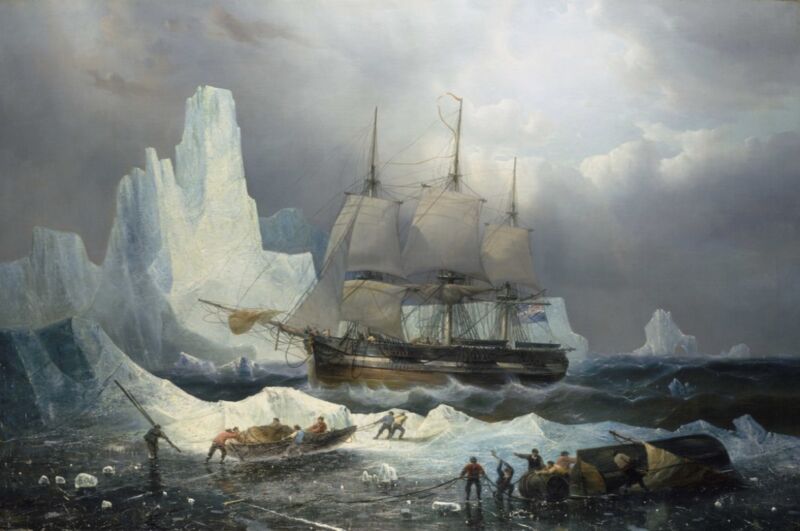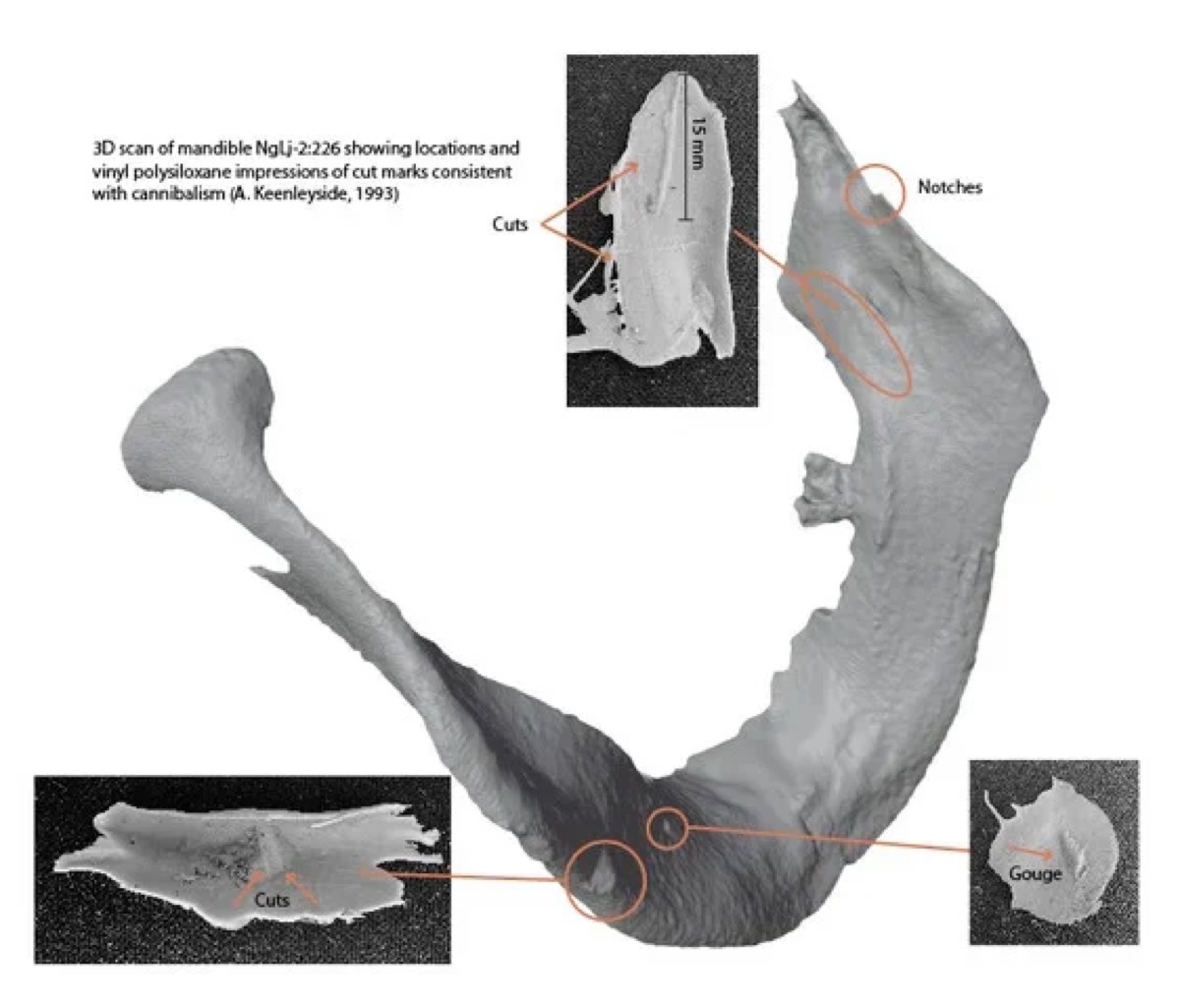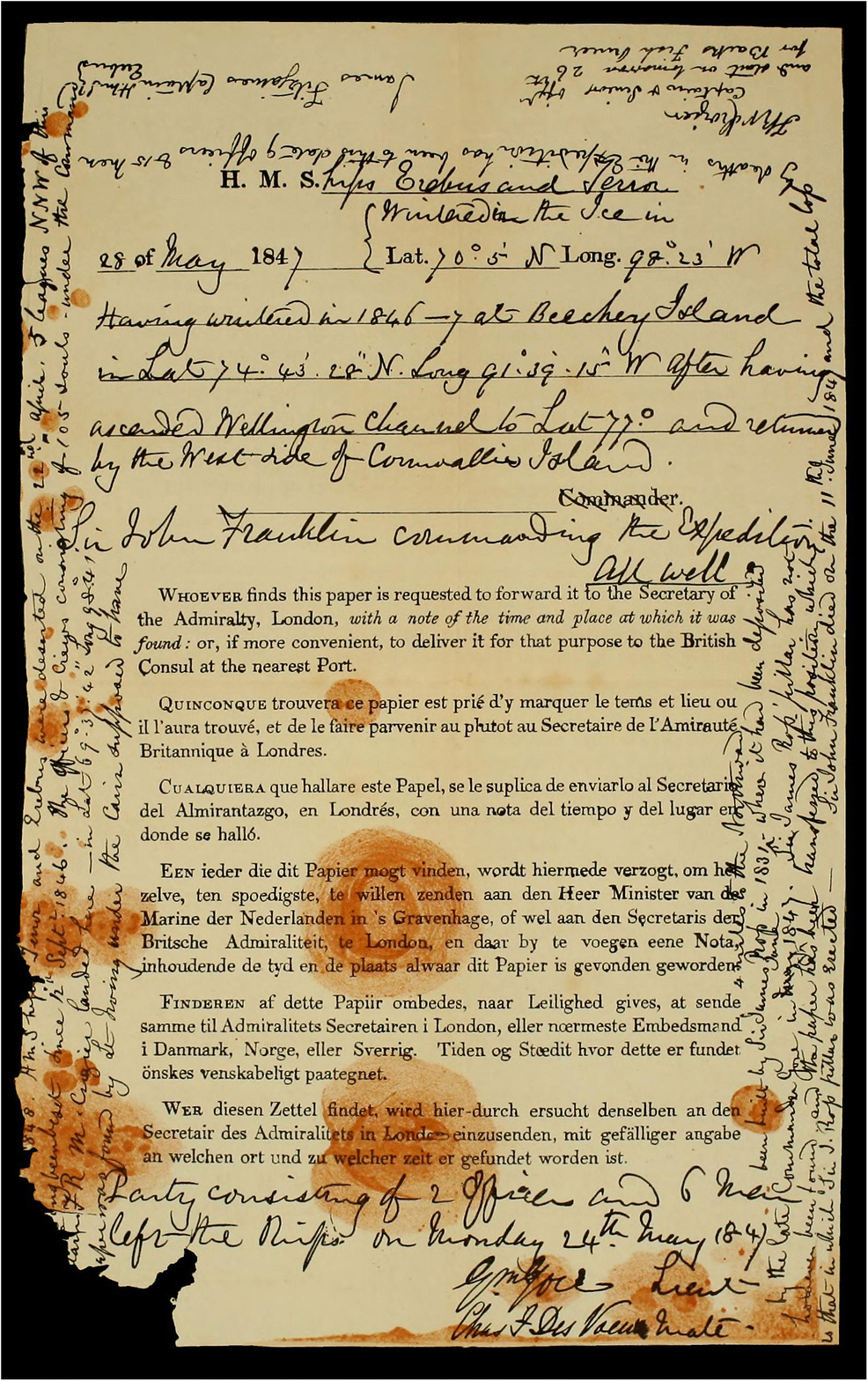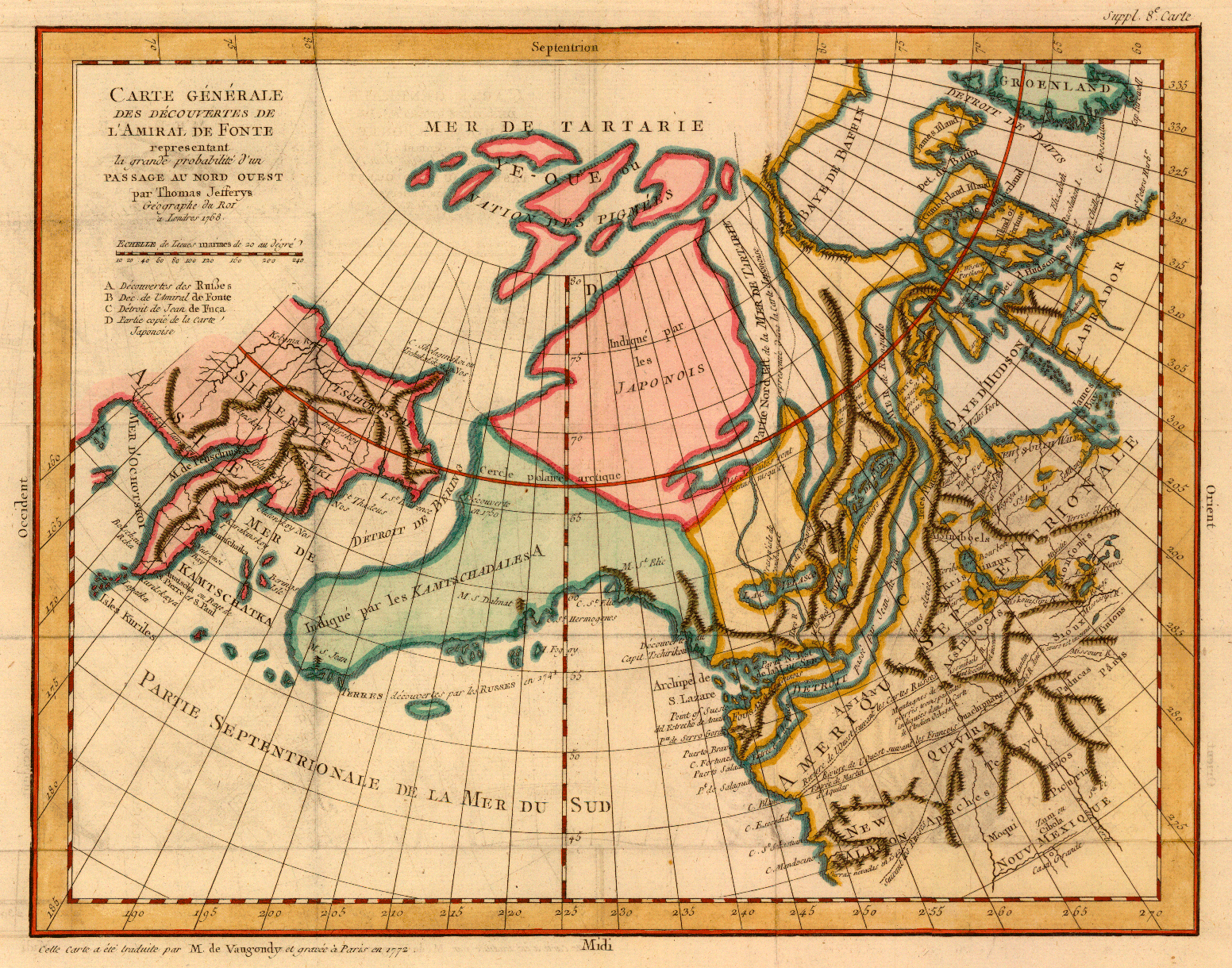"Surely the most compassionate response to the information presented here is to use it to recognize the level of desperation that the Franklin sailors must have felt to do something they would have considered abhorrent, and acknowledge the sadness of the fact that in this case, doing so only prolonged their suffering," the authors concluded.
Franklin expedition captain who died in 1848 was cannibalized by survivors
Scientists matched DNA of living descendent to Capt. James Fitzjames of the HMS Erebus.
Jennifer Ouellette - 9/30/2024, 3:19 PM
Scientists at the University of Waterloo have identified one of the doomed crew members of Captain Sir John S. Franklin's 1846 Arctic expedition to cross the Northwest Passage.
According to a recent paper published in the Journal of Archaeological Science, DNA analysis revealed that a tooth recovered from a mandible at one of the relevant archaeological sites was that of Captain James Fitzjames of the HMS Erebus.
His remains show clear signs of cannibalism, confirming early Inuit reports of desperate crew members resorting to eating their dead.
"Concrete evidence of James Fitzjames as the first identified victim of cannibalism lifts the veil of anonymity that for 170 years spared the families of individual members of the 1845 Franklin expedition from the horrific reality of what might have befallen the body of their ancestor," the authors wrote in their paper.
"Concrete evidence of James Fitzjames as the first identified victim of cannibalism lifts the veil of anonymity that for 170 years spared the families of individual members of the 1845 Franklin expedition from the horrific reality of what might have befallen the body of their ancestor," the authors wrote in their paper.
"But it also shows that neither rank nor status was the governing principle in the final desperate days of the expedition as they strove to save themselves."
As previously reported, Franklin's two ships, the HMS Erebus and the HMS Terror, became icebound in the Victoria Strait, and all 129 crew members ultimately died.
As previously reported, Franklin's two ships, the HMS Erebus and the HMS Terror, became icebound in the Victoria Strait, and all 129 crew members ultimately died.
- It's been an enduring mystery that has captured imaginations ever since. Novelist Dan Simmons immortalized the expedition in his 2007 horror novel, The Terror, which was later adapted into an anthology TV series for AMC in 2018.
The expedition set sail on May 19, 1845, and was last seen in July 1845 in Baffin Bay by the captains of two whaling ships. Historians have compiled a reasonably credible account of what happened. The crew spent the winter of 1845–1846 on Beechey Island, where the graves of three crew members were found.
When the weather cleared, the expedition sailed into the Victoria Strait before getting trapped in the ice off King William Island in September 1846.
- Franklin died on June 11, 1847, per a surviving note signed by Fitzjames dated the following April.
- Fitzjames had assumed overall command after Franklin's death, leading 105 survivors from their ice-trapped ships.
- It's believed that everyone else died while encamped for the winter or while attempting to walk back to civilization.
Further Reading
Fresh images of HMS Terror shipwreck could clear up lingering mysteries
There was no concrete news about the expedition's fate until 1854 when local Inuits told 19th century Scottish explorer John Rae that they had seen about 40 people dragging a ship's boat on a sledge along the south coast.
There was no concrete news about the expedition's fate until 1854 when local Inuits told 19th century Scottish explorer John Rae that they had seen about 40 people dragging a ship's boat on a sledge along the south coast.
- The following year, several bodies were found near the mouth of the Back River.
- A second search in 1859 led to the discovery of a location some 80 kilometers the south of that site, dubbed Erebus Bay, as well as several more bodies and one of the ships' boats still mounted on a sledge.
- In 1861, yet another site was found just two kilometers away with even more bodies.
- When those two sites were rediscovered in the 1990s, archaeologists designated them NgLj-3 and NgLj-2, respectively.
The authors of this latest paper have been conducting DNA research for several years to identify the remains found at these sites by comparing DNA profiles of the remains with samples taken from descendants of the expedition members. To date, 46 archaeological samples (bone, tooth, or hair) from Franklin expedition-related sites on King William Island have been genetically profiled and compared to cheek swab samples from 25 descendent donors. Most did not match, but in 2021, they identified one of those bodies as chief engineer John Gregory, who worked on the Erebus. Since then, the team has added four more descendent donors—one related to Fitzjames (technically a second cousin five times removed through the captain's great-grandfather).
-------------

















No comments:
Post a Comment